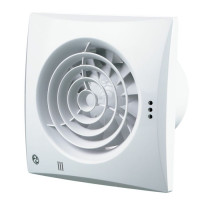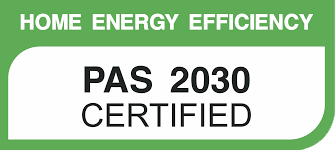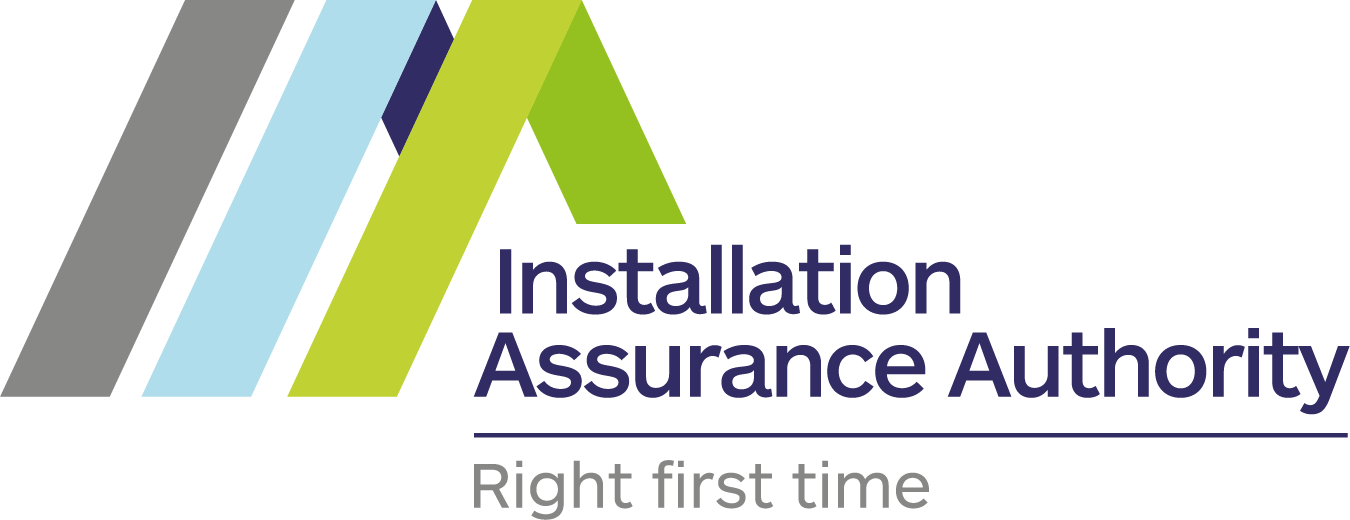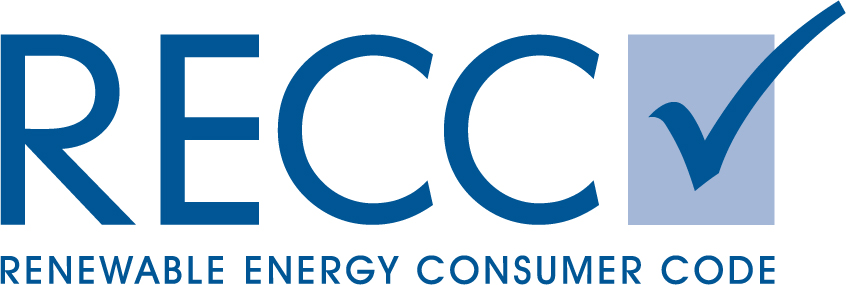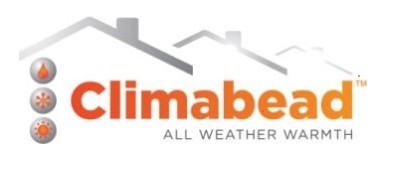Introduction to ventilation requirements
Within public funded energy efficiency retrofit measures, a standard known as PAS2035 and PAS2030:19 have introduced mandatory ventilation considerations.
So this would apply to a property benefitting from grants or directly from local authorities and housing associations.
Those having insulation and paying privately are not bound by these ventilation considerations, but their guarantees may not be valid if not.
When receiving a grant for insulation
-
- We would first do a technical survey to check suitability
- A Retrofit Assessor would return for a full home assesment.
- This asssement is then evaluated bya coordinator who will create a ventilation strategy.
- We would return before insulation to install ventilation requirements
- This are covered in grant progams.
When paying privately for insulation
-
- We can quote you for any ventilation measures your home may require
- Its up to you to decide if you wish to have them
- Your home may already by complient
- You may add these yourself.
What are the ventilation considerations?
Kitchens
Must have intermittent extraction fans that extract 30l/s for cooker hoods and 60l/s for all other fans. All kitchen cooker hood fans must exhaust externally.
Utility Rooms
Must have a 30 l/s fan installed.
Bathrooms
Must have a 15l/s fan installed.
WCs
Must have a 6 l/s fan installed.
Background ventilation
This will be in the form of adding trickle vents to windows that do not have them, these can be opened and closed to let fresh air in from outside the property.
If the internal doors sit flush with the floor, an undercut maybe added to provide extra airflow.
Why have adequate ventilation?
Manages air circulation in your home
Ensuring proper airflow in your home is essential. By regulating the movement of air through effective ventilation, you can control the inflow and outflow of air in your living space. This allows for the introduction of fresh air while eliminating stagnant, stale air.
Enhances health and well-being
One of the advantages of having good ventilation in your home is its positive impact on your health. For individuals who suffer from allergies like hay fever, adequate ventilation can filter out allergens such as pollen. Insufficient ventilation in homes can contribute to various health issues, including headaches, allergies, and asthma. By maintaining a steady flow of fresh air throughout your home, you can promote a sense of well-being. Living in a comfortable environment with controlled temperatures and minimized pollutants and odors can help you feel more relaxed.
Controls indoor temperature
Especially during the summer months, our homes can either become refreshing sanctuaries from the blazing sun or stuffy, humid spaces to endure. A well-ventilated home offers a more comfortable living environment, allowing you to relax in an ambient temperature that suits your preferences.
Reduces the risk of condensation, residue, and mold
Improving the airflow within your home is one of the most effective ways to minimize the chances of condensation, residue, and mold growth, which can be detrimental to your health. Adequate ventilation helps eliminate excess moisture in your home, reducing the likelihood of condensation-related issues.
Eliminates airborne impurities and odors
Having efficient airflow in your home aids in the removal of odors and other pollutants. Effective ventilation systems help expel impurities, ensuring cleaner and fresher indoor air quality.

